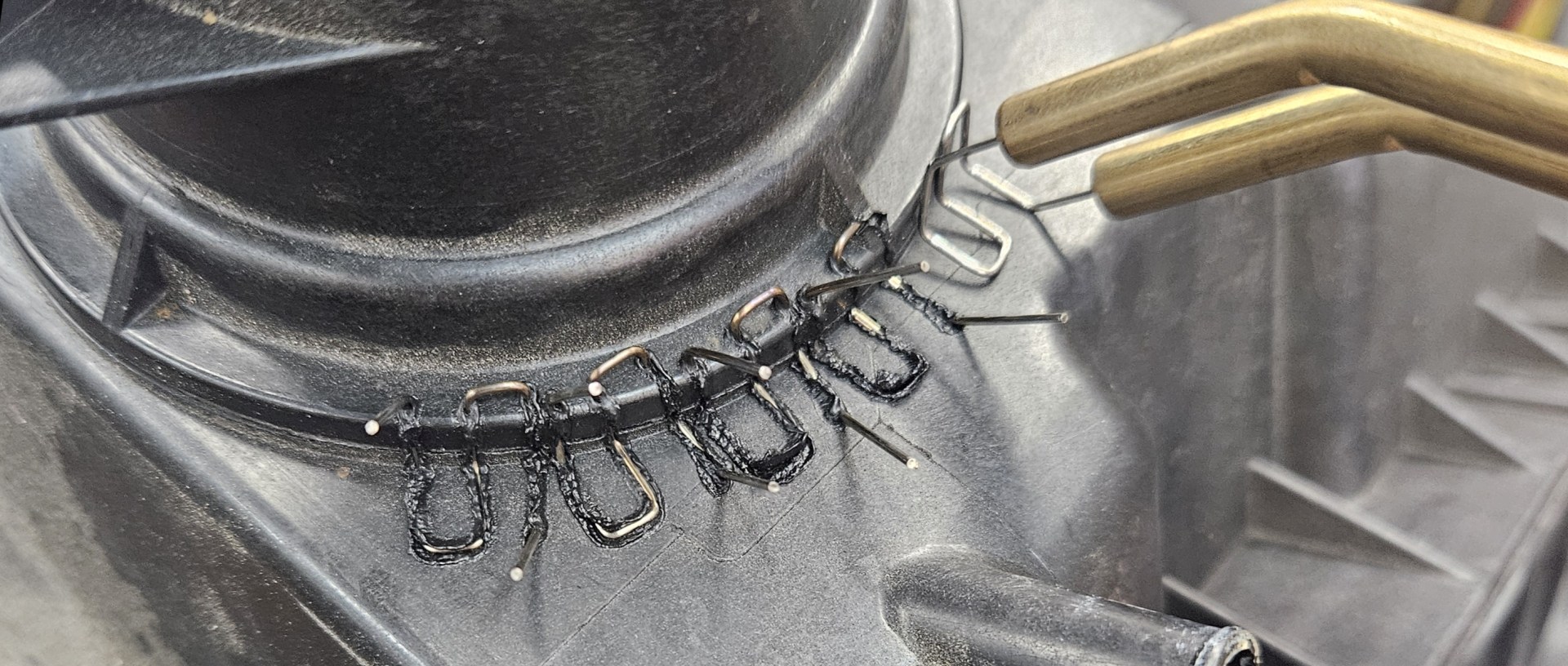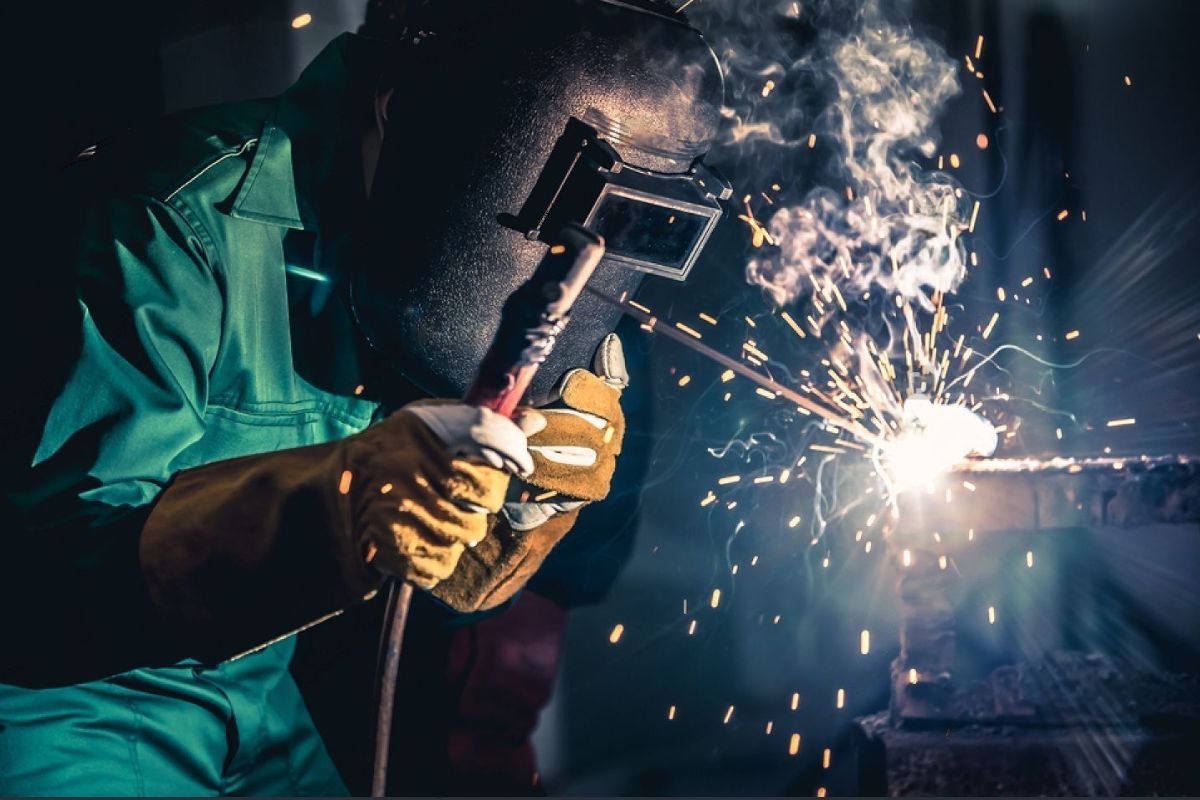Technical breakdown at welding penetration issues and Montana Mobile Welding and Repair Belgrade’s fixes
Common Welding Repair Work Issues and Just How to Address Them Successfully
Welding repair services often experience a variety of issues that can jeopardize the honesty of the end product. Common problems consist of inadequate penetration, porosity, and misalignment, to name a few. Each defect offers distinct difficulties that require specific techniques for resolution. Understanding these problems is vital for welders intending to enhance their results and abilities. This discussion will discover these common welding repair service problems and efficient methods to resolve them.
Poor Infiltration
Poor infiltration occurs when the weld steel stops working to fully fuse with the base product, resulting in weak joints and prospective structural failings. This issue often comes from not enough warmth input, inaccurate electrode angle, or incorrect welding rate. Welders may run into insufficient penetration due to a mistake of the needed specifications for a details material density or type. In addition, contamination on the base product's surface can impede reliable bonding, intensifying the trouble. To resolve inadequate penetration, welders must ensure appropriate settings on their equipment and maintain a tidy job surface. Routine examination of welds is advised to identify any type of deficiencies early, enabling timely adjustments and the avoidance of endangered structural integrity in welded settings up.
Porosity
Porosity is a common issue in bonded joints that shows up as tiny gas bubbles trapped within the weld metal. This problem can jeopardize the stability of the weld, bring about reduced strength and potential failing under tension. Montana Mobile Welding and Repair Fabrication. Porosity normally develops from contamination, dampness, or incorrect welding techniques, which enable gases to escape right into the liquified weld pool. To deal with porosity, welders need to ensure appropriate surface preparation, maintain a clean working setting, and use ideal welding criteria. In addition, picking the best filler material and securing gas can alleviate gas entrapment. Routine evaluation and testing of welds can help recognize porosity early, guaranteeing timely corrective activities are taken, therefore preserving the top quality and dependability of the bonded framework
Imbalance
Imbalance in welding can arise from different factors, consisting of incorrect setup and thermal development. Understanding the root triggers is necessary for efficient resolution. A number of improvement strategies are readily available to realign components and ensure structural honesty.
Sources of Imbalance
Welding misalignment usually comes from a selection of underlying issues that can jeopardize structural honesty. One key cause is improper fit-up of components before welding, which can result in gaps and irregular surface areas. Variations in thermal growth throughout the welding procedure can also cause distortion, especially if the materials being signed up with have various coefficients of growth. Furthermore, poor fixturing and securing might fall short to hold parts firmly in location, resulting in motion throughout welding. Improperly kept equipment, including welding devices and devices, may present incongruities in the weld bead, additional adding to misalignment. Driver error, stemming from not enough training or experience, can additionally play a significant duty in creating misaligned welds.

Adjustment Methods Readily Available
Attending to imbalance successfully calls for a combination of restorative techniques customized to the certain concerns at hand. One common method is using components or jigs to hold parts in the correct position throughout welding, making sure consistent positioning. In addition, pre-heating the products can aid decrease distortion and improve fit-up. For significant imbalance, mechanical realignment techniques, such as utilizing hydraulic jacks or clamps, can be utilized to deal with the placement before welding. Post-weld warmth therapy may also be essential to soothe tensions triggered by misalignment. Careful inspection and adjustment during the setup phase can stop misalignment concerns from becoming significant problems, promoting a smoother welding process and boosting general structural integrity.
Distortion
Distortion is a common obstacle in welding that can emerge from numerous factors, including uneven cooling and heating. Comprehending the root causes of distortion is important for applying reliable prevention strategies. Resolving this problem not only enhances architectural honesty however likewise enhances the total quality of the weld.
Reasons of Distortion
When based on the intense warmth of welding, products commonly go through modifications that can lead to distortion. This sensation mainly arises from thermal growth and tightening during the welding procedure. As the weld location heats up, the product expands; upon air conditioning, it contracts, which can produce interior tensions. Furthermore, uneven home heating throughout a workpiece can aggravate these stresses, resulting in bending or bending. The sort of material additionally plays a significant function; steels with differing thermal conductivity and coefficients of development may react in a different way, bring about unforeseeable distortions. In addition, inadequate joint design and insufficient fixturing can contribute to misalignment during welding, increasing the chance of distortion. Understanding these reasons is crucial for efficient welding repair service and prevention approaches.
Prevention Techniques
Efficient prevention strategies for distortion throughout welding emphasis on managing heat input and guaranteeing proper joint design. Maintaining a consistent warm input assists to lessen thermal growth and tightening, which can cause distortion. Making use of strategies such as preheating the workpiece can additionally minimize the temperature gradient, advertising uniform home heating. In addition, choosing appropriate joint designs, such as T-joints or lap joints, can improve stability and decrease stress concentrations. Applying correct fixturing to protect the work surfaces in position additionally help in maintaining positioning during the welding process. Staggered welding series can disperse heat more evenly, preventing localized distortion. By applying these techniques, welders can greatly reduce the possibility of distortion and enhance the overall top quality of their welds.
Cracking
Splitting is a common concern run into in welding repairs, commonly arising from different aspects such as incorrect air conditioning prices, material option, or insufficient joint prep work. The occurrence of splits can greatly jeopardize the stability of the weld, leading to potential failures during procedure. To address this issue, welders must first analyze the root creates, making sure that products are suitable and properly chosen for the certain application. In addition, managing the air conditioning price throughout the welding procedure is important; quick cooling can cause tension and bring about breaking. Proper joint design and prep work also contribute to lessening the danger. Implementing these approaches can enhance weld quality and toughness, ultimately decreasing the chance of cracking in finished weldments.

Insufficient Fusion
A substantial concern in welding repairs is incomplete combination, which occurs when the weld steel does not adequately bond with the base product or previous weld passes - Belgrade Fabrication. This defect can result in weaknesses in the joint, potentially compromising the honesty of the welded structure. Elements adding to insufficient combination consist of not enough warmth input, improper welding method, and contamination of the surfaces being joined. To resolve this concern successfully, welders must ensure proper pre-weld cleansing and surface area prep work, as well as adjust their welding criteria to attain ample penetration and fusion. Normal assessment during the welding procedure can likewise assist recognize insufficient blend early, permitting for timely restorative steps to improve the overall top quality of the weld
Overheating
While welding repair services can improve architectural integrity, overheating offers a substantial difficulty that can result in product deterioration. Excessive warm during welding can alter the mechanical buildings of steels, leading to reduced stamina, increased brittleness, and bending. This phenomenon is especially crucial in high-stress applications where structural integrity is paramount. Determining overheating can entail aesthetic inspections for staining or distortion, along with checking temperature throughout the welding procedure. To alleviate the dangers linked with overheating, welders should use ideal methods, such as managing warmth input, changing traveling rate, and utilizing appropriate filler materials. In addition, applying pre- and post-weld heat treatments can aid restore product buildings and enhance the total quality of the fixing, making sure long-term performance and security.
Often Asked Inquiries
What Are the Common Indications of a Welding Issue?

Just How Can I Check My Welds for Quality?
To evaluate welds for high quality, one can utilize aesthetic assessments, ultrasonic screening, and radiographic techniques. Each technique guarantees architectural integrity, recognizes defects, and confirms adherence to defined standards, eventually boosting the reliability of the bonded joints.
What Safety Precautions Should I Take While Welding?
When welding, one should focus on safety by wearing appropriate individual safety tools, more info making certain proper ventilation, protecting combustible materials away, preserving a tidy work area, and knowing environments to avoid injuries and accidents.
Can I Fix a Weld Without Renovating the Entire Joint?
Repairing a weld without renovating the whole joint is feasible, relying on the damage (Belgrade). Methods such as grinding, adding filler material, or utilizing a welding process can effectively deal with particular problems while protecting the bordering framework
What Devices Are Vital for Efficient Welding Repair Works?
Vital tools for efficient welding repair services consist of a welding machine, cord brush, grinder, protective equipment, clamps, and filler products. Each tool plays a crucial function in ensuring quality and safety and security throughout the repair work process. Porosity normally occurs from contamination, moisture, or inappropriate welding strategies, which allow gases to escape into the liquified weld pool. Inadequately maintained tools, consisting of welding makers and tools, might introduce variances in the weld grain, further adding to misalignment. When subjected to the intense warmth of welding, materials frequently undergo modifications that can lead to distortion. Cracking is a common issue experienced in welding fixings, commonly resulting from various elements such as improper air conditioning prices, product choice, or insufficient joint preparation. A substantial issue in welding repair work is incomplete fusion, which happens when the weld metal does not properly bond with the base product or previous weld passes.